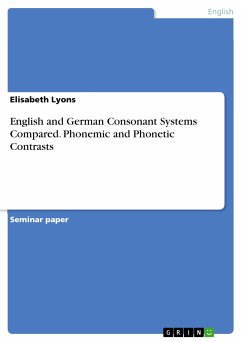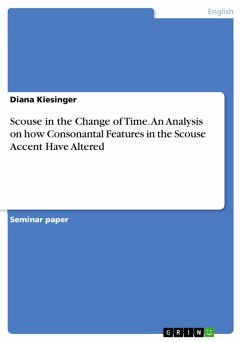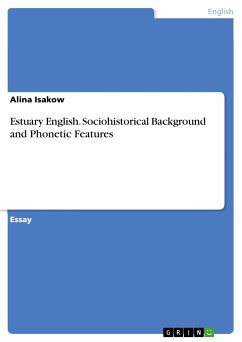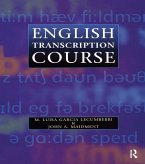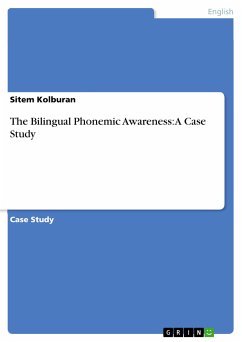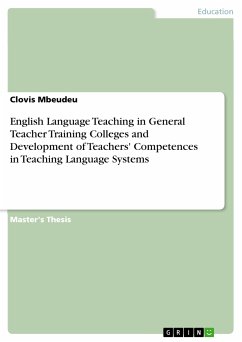Seminar paper from the year 2013 in the subject English Language and Literature Studies - Linguistics, grade: 1, University of Salzburg (Anglistik und Amerikanistik), course: DELS I, language: English, abstract: This paper aims to show the most important consonant-related differences between English and German. Not only are phonemic features compared, it also deals with the phonetic differences of consonants that are phonologically identical. The comparison also briefly looks at eventual difficulties in pronunciation of unfamiliar sounds for the learner of the respective language. The consonants are grouped according to the parameter manner of articulation, and each group, for example plosives, nasals, fricatives, affricates, laterals, R-variants and glides, is compared in a separate chapter. Additionally to the distinctive sounds, the most important allophonic variants of certain phonemes of both languages are looked at.The differences described in this comparison do not claim to be exhaustive, however the paper aims to give a general overview regarding the most predominant differences and similarities of the English and German consonant systems, phonologically as well as phonetically. Unless stated differently, the English referred to is RP.
Dieser Download kann aus rechtlichen Gründen nur mit Rechnungsadresse in A, B, BG, CY, CZ, D, DK, EW, E, FIN, F, GR, HR, H, IRL, I, LT, L, LR, M, NL, PL, P, R, S, SLO, SK ausgeliefert werden.

